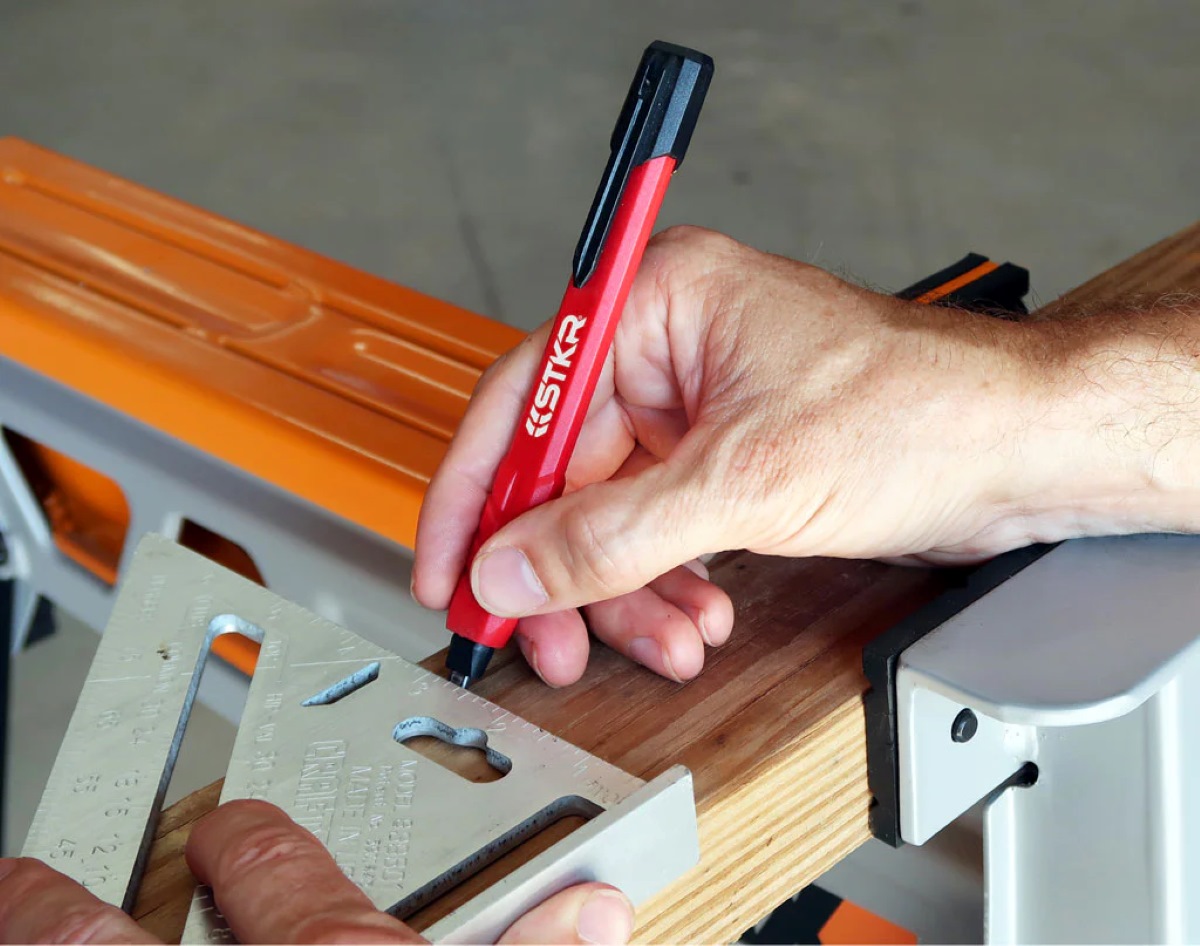

Articles
Why Are Woodworking Pencils Flat
Modified: December 7, 2023
Discover the reasons why woodworking pencils are flat and how they enhance precision and visibility in woodworking. Read more in our informative articles.
(Many of the links in this article redirect to a specific reviewed product. Your purchase of these products through affiliate links helps to generate commission for Storables.com, at no extra cost. Learn more)
Introduction
Woodworking is a craft that has been practiced for centuries, with artisans creating intricate and beautiful pieces using various techniques and tools. One such tool that is essential in woodworking is the woodworking pencil. While pencils may seem like a simple and mundane tool, woodworking pencils are actually unique in their design and construction.
In this article, we will dive into the world of woodworking pencils, specifically exploring the intriguing concept of why woodworking pencils are flat. We will take a closer look at the history of woodworking pencils, discuss the importance of flat woodworking pencils, examine the factors that make them flat, highlight their benefits, and explore common woodworking pencil shapes.
So, if you have ever wondered about the fascinating nature of woodworking pencils and their flatness, read on to discover the secrets behind this seemingly ordinary yet crucial tool for woodworkers.
Key Takeaways:
- The flat shape of woodworking pencils offers stability, prevents rolling, and allows for accurate marking, making them indispensable for precise woodworking projects.
- While flat woodworking pencils are the most common, other shapes like triangular and oval cater to different preferences, providing options for enhanced woodworking experiences.
Read more: How To Fix Flat Truck With Hand Tools
History of Woodworking Pencils
The history of woodworking pencils can be traced back to ancient civilizations. The earliest evidence of writing with a pencil-like instrument dates back to the Romans, who used a thin metal stylus to make marks on wax tablets. However, it wasn’t until the 16th century that wood pencils as we know them today began to emerge.
In the 16th century, a large deposit of graphite was discovered in Borrowdale, England. The soft and dark material became highly sought after for writing and drawing. Initially, small pieces of graphite were wrapped in sheepskin or string, creating a makeshift pencil. However, this method proved to be inconvenient and messy.
It was in the late 18th century that the modern wood pencil was born. Nicolas-Jacques Conte, a French scientist, developed a process to mix powdered graphite with clay and then encase it in a wooden cylinder. This revolutionary invention provided a more practical and efficient way of using graphite for writing and drawing.
As woodworking gained popularity as a craft, woodworkers began to see the value of having a specialized pencil that would help them accurately mark and measure their work. Hence, the woodworking pencil was born.
Initially, woodworking pencils were rectangular in shape, resembling the shape of the modern lumber used in woodworking. This flat shape made it easier to handle and prevented the pencil from rolling off the work surface.
Over time, woodworking pencils have evolved in design and functionality. Today, they come in various shapes and sizes, but the flat shape has remained a signature feature of woodworking pencils.
The rich history of woodworking pencils highlights their significance in the craft and their enduring legacy as a tool that has stood the test of time.
The Importance of Flat Woodworking Pencils
Flat woodworking pencils may seem like a minor detail in the world of woodworking, but they play a crucial role in ensuring precision and accuracy in every project. Here are some reasons why flat woodworking pencils are important:
- Stability: The flat shape of woodworking pencils provides better stability and control when marking wood surfaces. The flat sides allow the pencil to rest securely against the workpiece, minimizing slips and ensuring consistent marking.
- Prevents Rolling: Unlike traditional round pencils, flat woodworking pencils are less likely to roll off the work surface. This prevents unnecessary disruptions and saves time by eliminating the need to search for a lost pencil.
- Easy to Sharpen: Flat woodworking pencils are easier to sharpen compared to round pencils. The flat shape allows for a more stable grip while sharpening, ensuring a more precise and uniform point every time.
- Accurate Marking: Woodworking requires precise marking and measuring. The flat edge of woodworking pencils allows for more accurate lines and measurements, ensuring that cuts and joinery are precise and consistent.
- Durable and Long-lasting: The flat shape of woodworking pencils makes them more durable and less prone to breakage. The flat sides provide structural strength, allowing the pencil to withstand the rigors of woodworking without easily snapping.
- Mark Visibility: Woodworking often involves working with dark or rough surfaces. The flat lead of woodworking pencils creates a broader and more visible mark, making it easier to see and follow when making cuts or other woodworking operations.
Overall, flat woodworking pencils are essential tools that contribute to the precision and quality of woodworking projects. They provide stability, prevent rolling, are easy to sharpen, allow for accurate marking, offer durability, and ensure mark visibility. These features make flat woodworking pencils indispensable for woodworkers of all levels of expertise.
Factors That Make Woodworking Pencils Flat
There are several factors that contribute to the flat shape of woodworking pencils. These factors are driven by the specific needs and requirements of woodworking. Here are the primary factors that make woodworking pencils flat:
- Practicality: The flat shape of woodworking pencils is practical for woodworkers. When working with wood, having a pencil that doesn’t roll off the work surface is essential. The flat sides allow woodworkers to easily keep their pencil within reach without worrying about it getting lost or causing any accidents.
- Precision: Woodworking involves precise measurements and markings. The flat edge of woodworking pencils allows for more accurate lines and measurements. A flat pencil can be aligned easily against a straightedge or a marking gauge, ensuring consistent and precise markings.
- Control: Woodworking requires careful control and execution of cuts and joinery. The flat shape of woodworking pencils provides better grip and control, allowing woodworkers to make controlled and accurate strokes. This control is especially important when making fine details or intricate markings on the wood surface.
- Durability: Woodworking is a demanding craft that requires durable tools. The flat shape of woodworking pencils adds structural strength, making them less prone to breakage or chipping. The flat sides provide a solid and sturdy shape, allowing the pencil to withstand the pressure and force applied during woodworking tasks.
- Visibility: Woodworking often involves working with different types of wood, some of which may have dark or rough surfaces. The flat lead of woodworking pencils creates a broader mark, making it more visible and easier to follow when making cuts or other woodworking operations.
- Tradition and Heritage: Woodworking has a long history and rich traditions, and the use of flat woodworking pencils is deeply ingrained in this heritage. It has become a defining characteristic of woodworking and is passed down from generation to generation.
These factors, encompassing practicality, precision, control, durability, visibility, and tradition, have contributed to the continued use and preference for flat woodworking pencils among woodworkers. While other shapes may exist, the flat design remains popular due to its numerous practical and functional advantages in the craft of woodworking.
When using a woodworking pencil, the flat shape prevents it from rolling away and makes it easier to grip and control when marking and measuring wood.
Benefits of Flat Woodworking Pencils
Flat woodworking pencils offer a range of benefits that make them indispensable tools for woodworkers. Here are several advantages of using flat woodworking pencils:
- Stability and Control: The flat shape of woodworking pencils provides enhanced stability and control. The flat sides allow woodworkers to have a secure grip on the pencil, minimizing slips and ensuring precise and accurate markings.
- Precision: Flat woodworking pencils allow for more precise markings and measurements. The flat edge enables woodworkers to align the pencil against a straightedge or a marking gauge, resulting in consistent and accurate lines.
- Ease of Use: Flat woodworking pencils are easy to use, especially when making angular or intricate markings. The flat sides allow for better maneuverability and control, making it easier to achieve the desired results.
- Mark Visibility: The broad mark produced by flat woodworking pencils offers excellent visibility, even on dark or rough wood surfaces. This visibility helps woodworkers follow their marks more easily and accurately, leading to better cuts and joinery.
- Durability: The flat shape of woodworking pencils adds structural strength, making them more durable. They are less prone to breakage or chipping, ensuring that they withstand the demands of woodworking tasks.
- Sharpening Ease: Flat woodworking pencils are easier to sharpen compared to round pencils. The flat shape provides stability during the sharpening process, resulting in a more precise and uniform point.
- Prevents Rolling: Unlike round pencils, flat woodworking pencils don’t roll off the work surface. This prevents interruptions during the woodworking process and eliminates the need to search for a lost pencil.
- Tradition and Heritage: Flat woodworking pencils have a long-standing tradition in woodworking. They are a symbol of heritage and craftsmanship, carrying the legacy of generations of woodworkers who have relied on their flat design for precision and accuracy.
These benefits highlight the practicality, precision, ease of use, durability, and tradition associated with flat woodworking pencils. Woodworkers of all levels of expertise can appreciate and utilize these advantages for their projects, making flat woodworking pencils an essential tool in the craft of woodworking.
Read more: Why Is Woodworking Important
Common Woodworking Pencil Shapes
While flat woodworking pencils are the most commonly used shape, there are other pencil shapes that you might come across in the world of woodworking. Here are some common woodworking pencil shapes:
- Flat: The flat pencil shape is the most iconic and widely used in woodworking. Its flat sides provide stability, control, and prevent rolling. It is the preferred choice for precision marking and measuring in woodworking projects.
- Triangular: Triangular-shaped pencils have three flat sides that create a comfortable and ergonomic grip. They are designed to reduce hand fatigue during long hours of woodworking. The triangular shape also helps prevent the pencil from rolling off the work surface.
- Round: Round-shaped pencils are the most common pencil shape outside of the woodworking industry. While not as commonly used in woodworking, they can still be found in some woodworking toolsets. Round pencils offer a traditional feel and are suitable for general marking tasks.
- Oval: Oval-shaped pencils have a slightly flattened and elongated shape. This shape provides a balance between the stability of flat pencils and the comfort of round pencils. Oval pencils are designed to offer a secure grip and smooth control, making them a popular choice among some woodworkers.
- Irregular: Irregular-shaped pencils deviate from the standard geometric shapes. They may have unique contours or features that tailor to specific woodworking tasks or individual preferences. These shapes can provide a personalized feel and enhance control and precision for certain woodworking techniques.
While flat woodworking pencils dominate the scene, the availability of different shapes allows woodworkers to choose the shape that best suits their preferences and needs. Some may prefer the traditional feel of a round pencil, while others may prioritize ergonomics with a triangular or oval shape. Ultimately, the choice of pencil shape depends on the individual woodworker’s comfort, control, and the specific requirements of their woodworking projects.
Conclusion
Woodworking pencils may appear to be simple tools, but they have a significant impact on the precision and accuracy of woodworking projects. The flat shape of woodworking pencils is not merely a design choice; it offers numerous advantages that make them indispensable in the craft of woodworking.
Throughout history, woodworking pencils have evolved from makeshift graphite-wrapped instruments to the modern wood pencils we know today. The flat shape of woodworking pencils emerged due to their practicality, precision, control, durability, visibility, and the traditions of the woodworking craft.
Flat woodworking pencils provide stability, prevent rolling, are easy to sharpen, allow for accurate marking, offer durability, and ensure mark visibility. These benefits make them vital tools for woodworkers, enabling them to achieve precise measurements, accurate markings, and impeccable craftsmanship.
While flat woodworking pencils are the most common shape, other shapes like triangular, round, oval, and irregular pencils also exist. These variations cater to different preferences and provide additional options for woodworkers to find the shape that best suits their needs and enhances their woodworking experience.
In conclusion, whether you’re a woodworking enthusiast or a professional carpenter, having a collection of flat woodworking pencils is essential. Their flat shape offers stability, control, and precision, making them indispensable tools in the craft of woodworking. Incorporate these versatile pencils into your woodworking toolkit, and experience the difference they can make in elevating your woodworking projects to new levels of precision and excellence.
Frequently Asked Questions about Why Are Woodworking Pencils Flat
Was this page helpful?
At Storables.com, we guarantee accurate and reliable information. Our content, validated by Expert Board Contributors, is crafted following stringent Editorial Policies. We're committed to providing you with well-researched, expert-backed insights for all your informational needs.

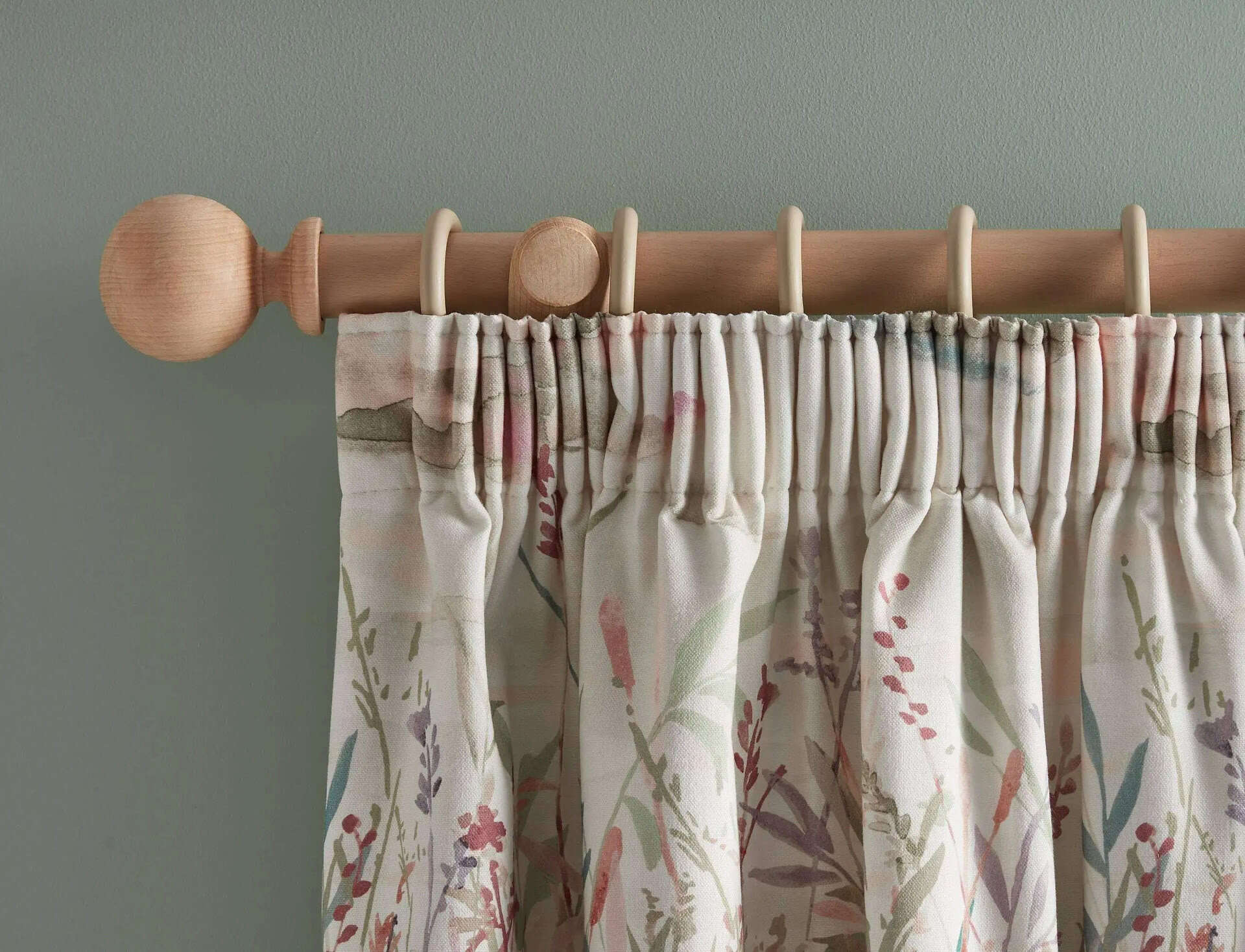
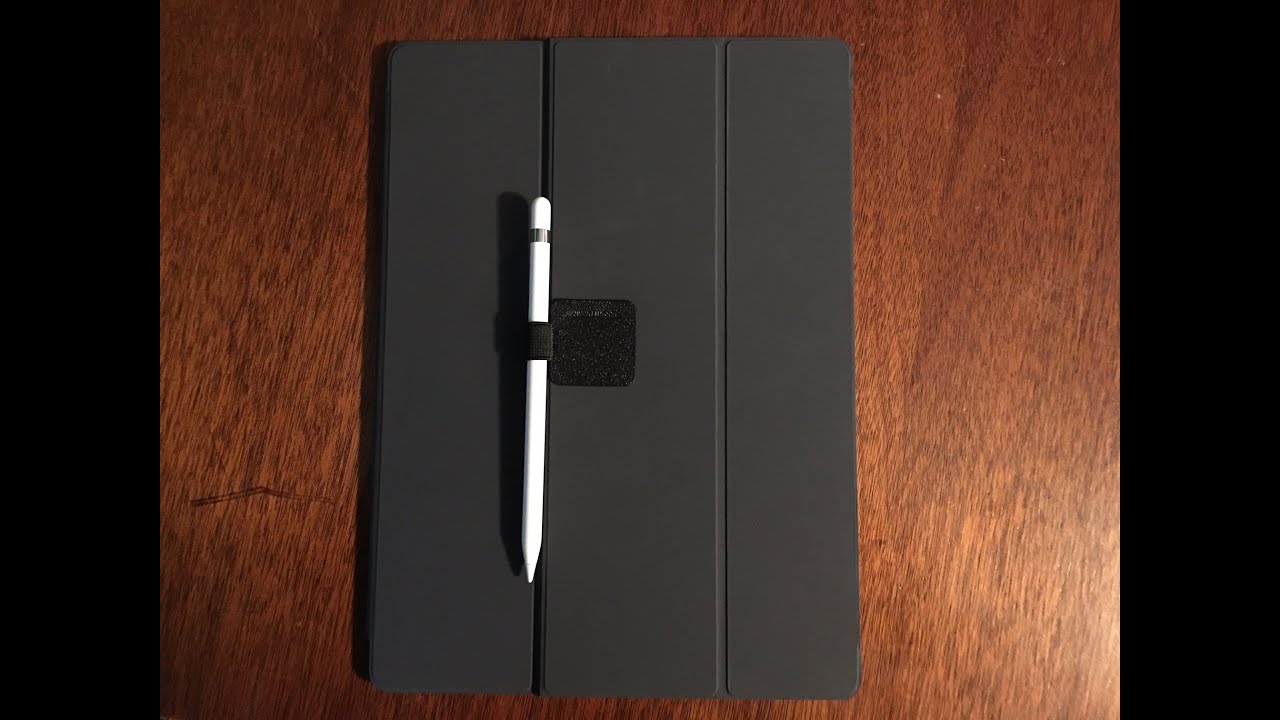
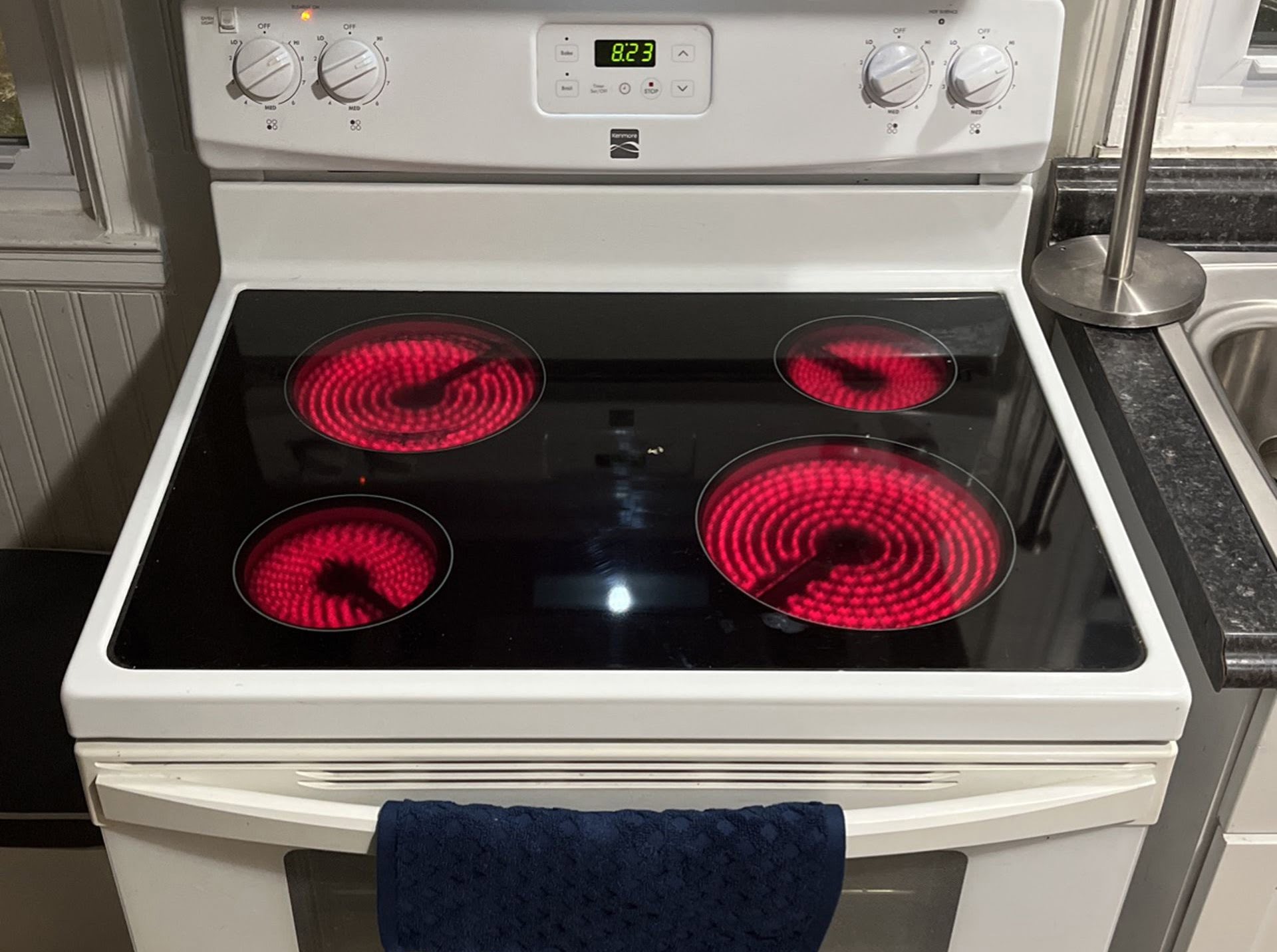
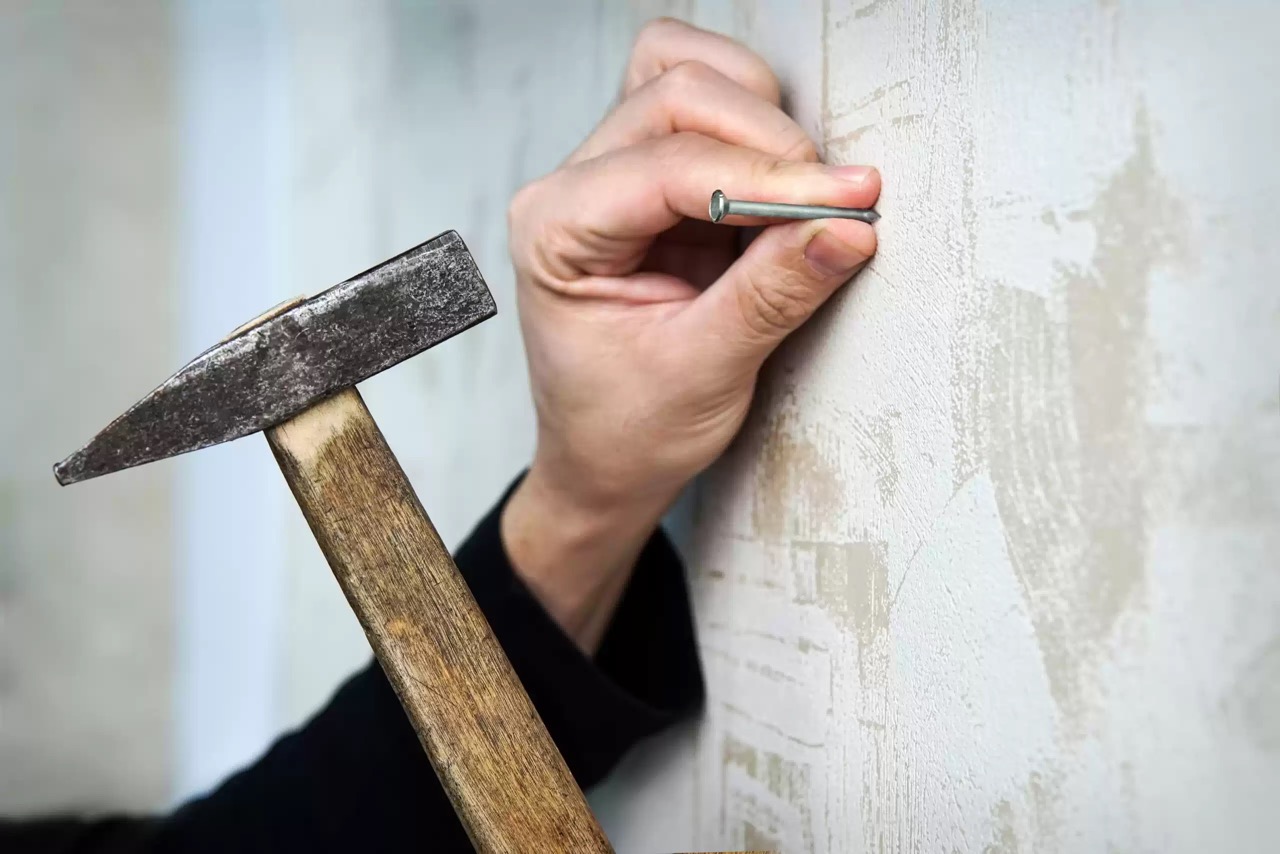
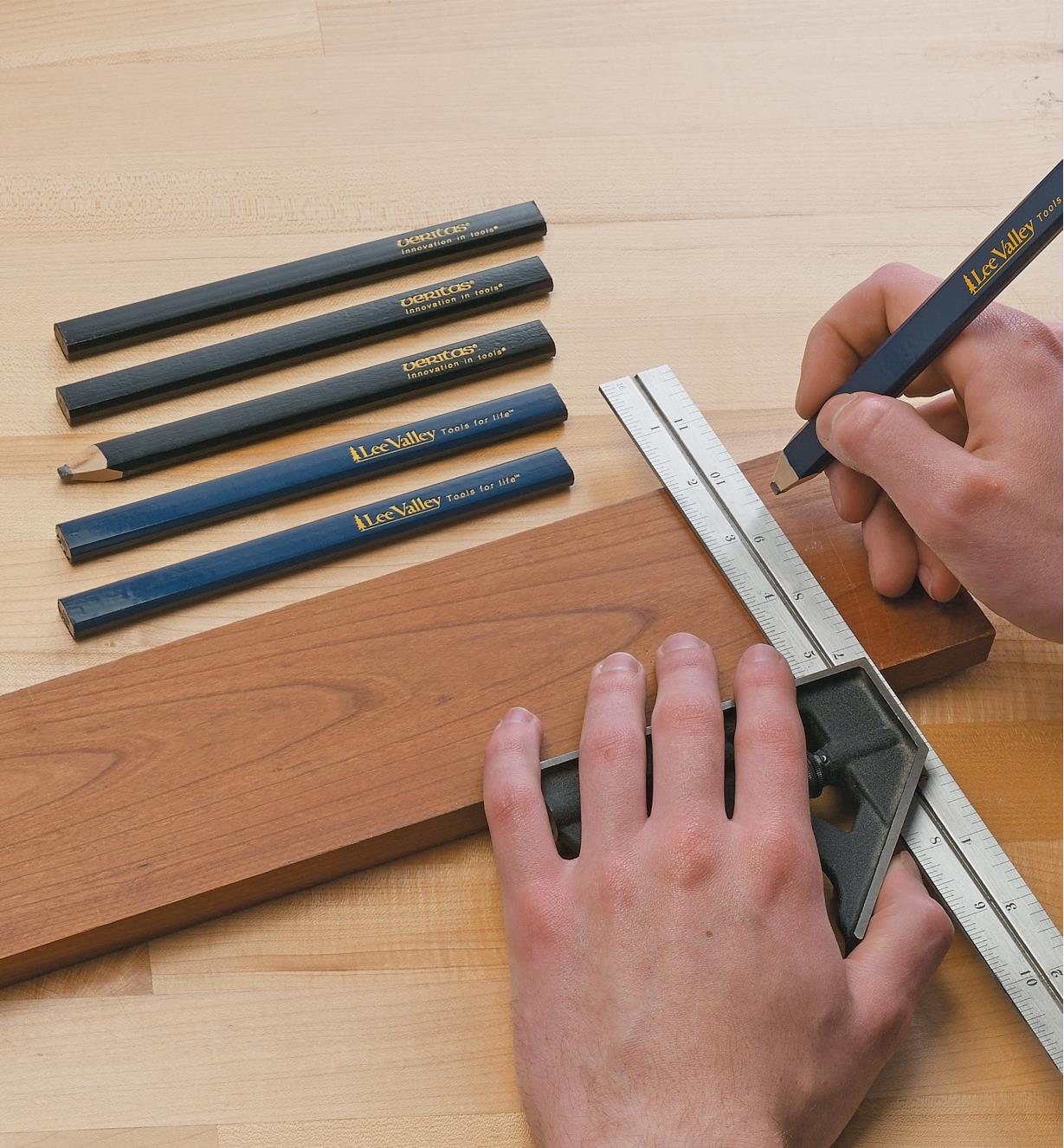
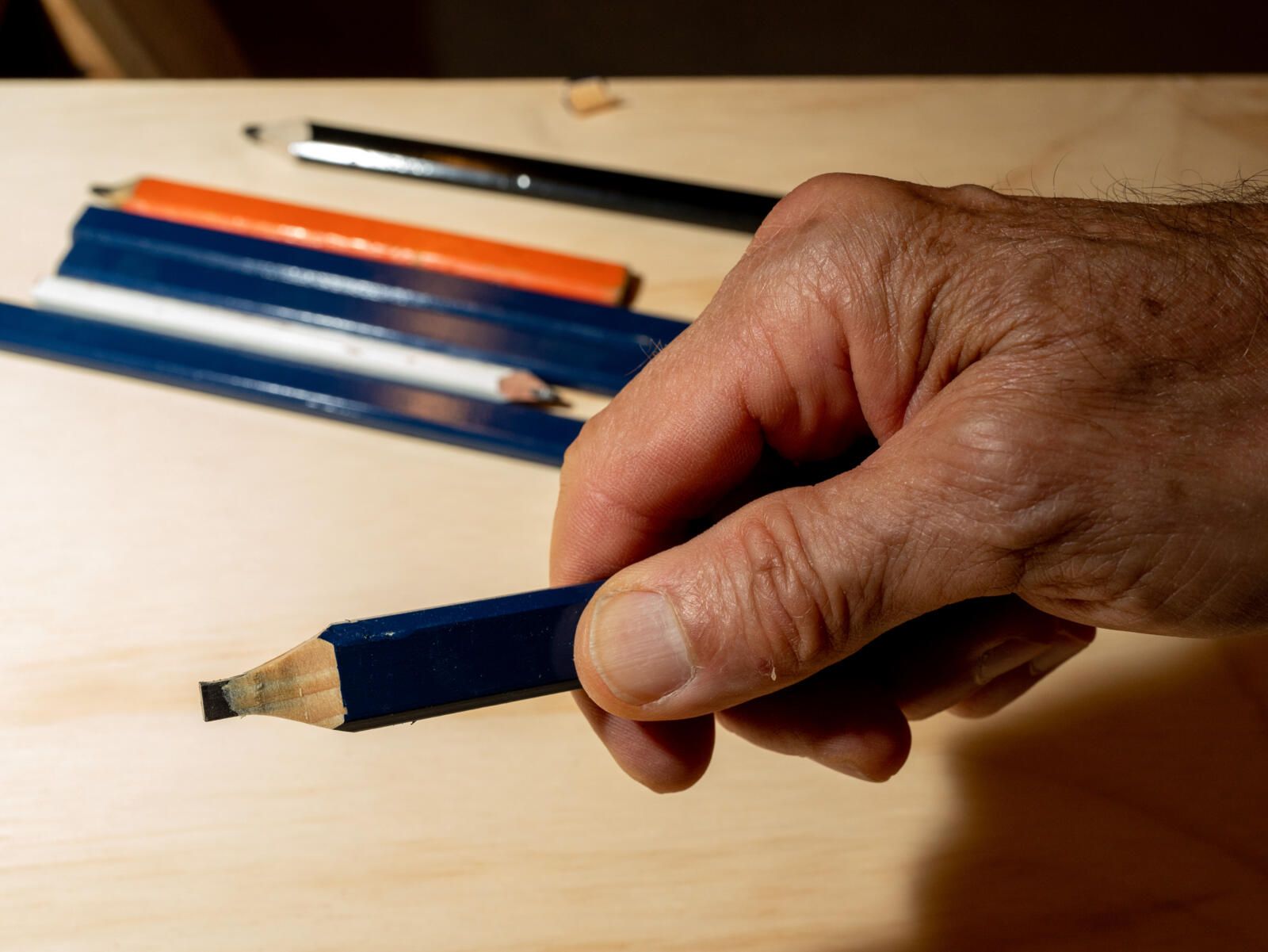
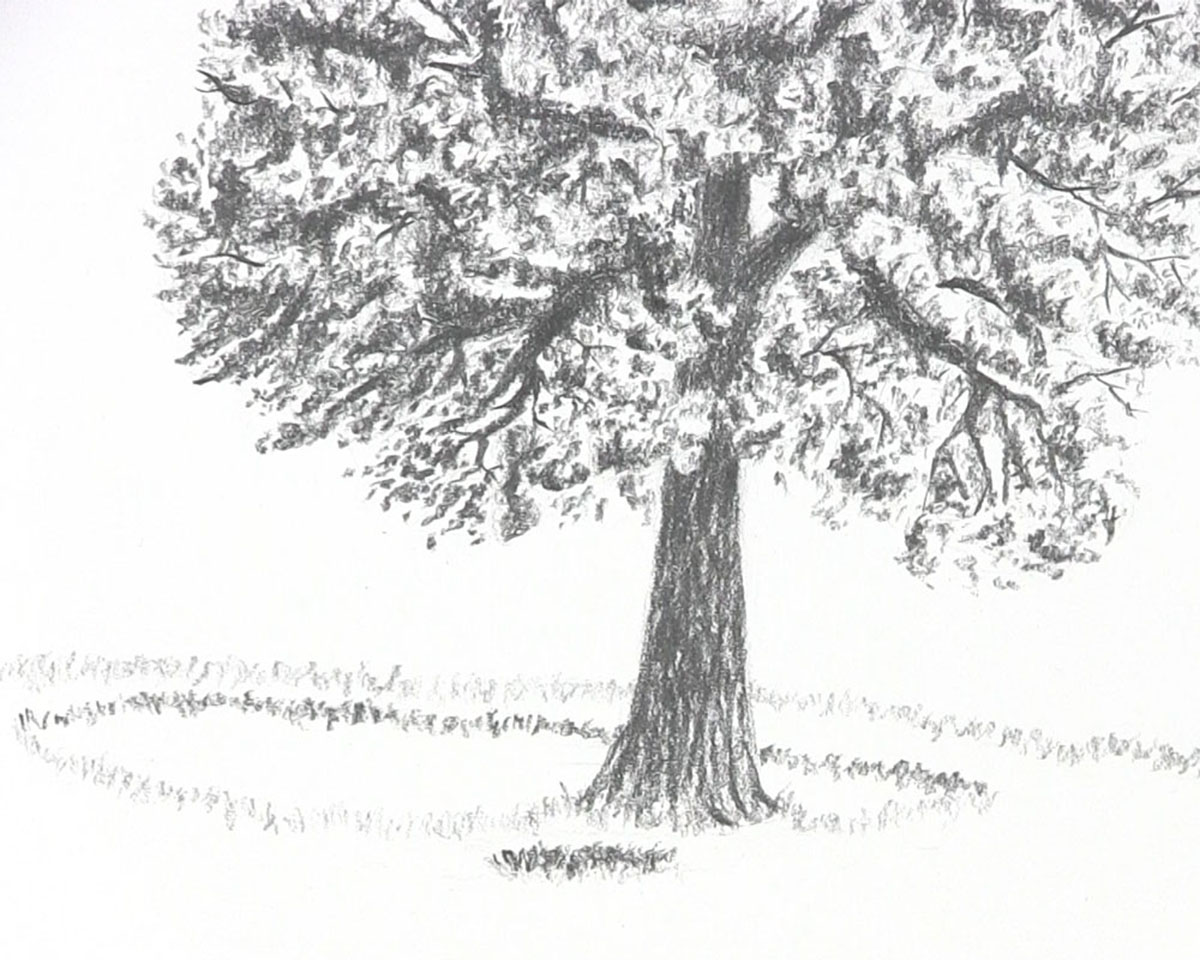
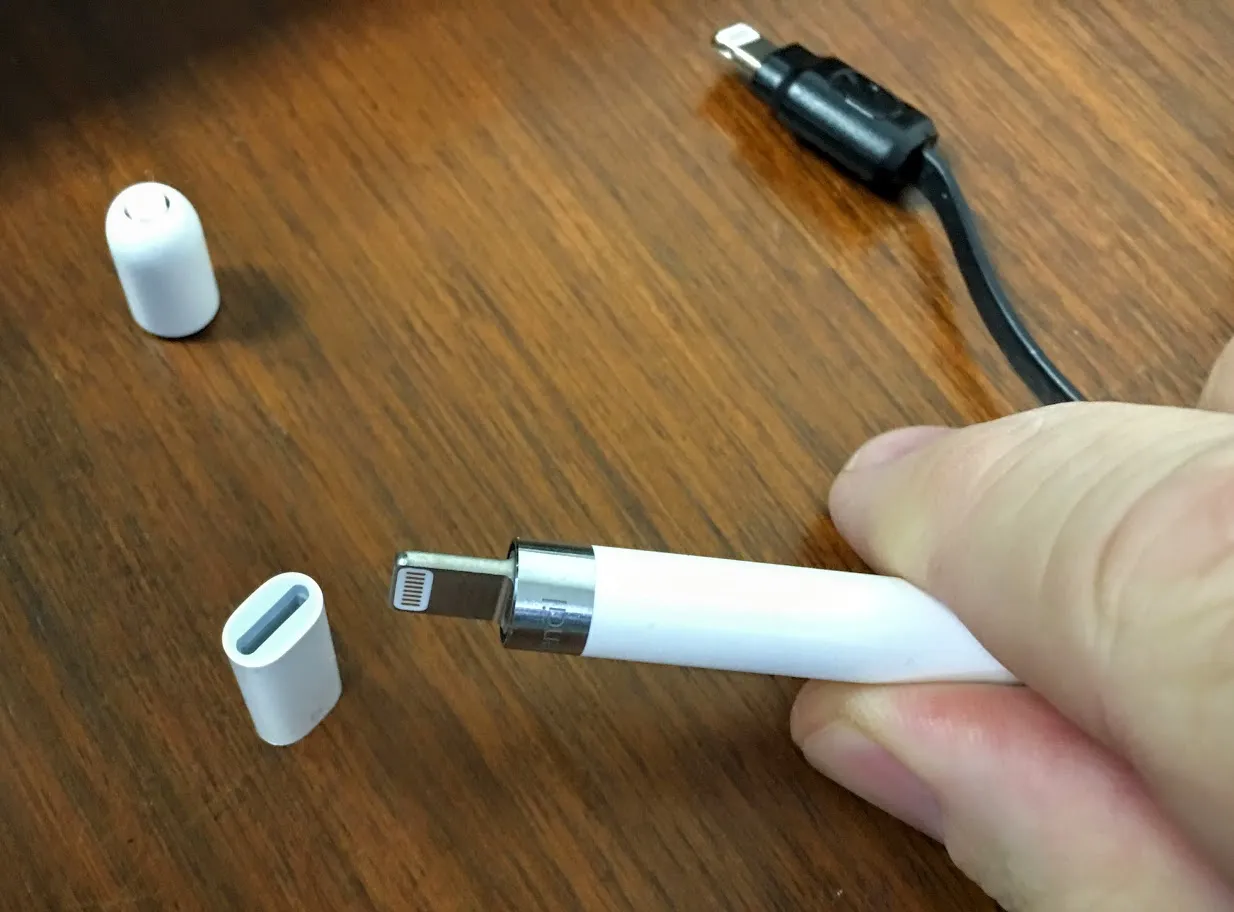
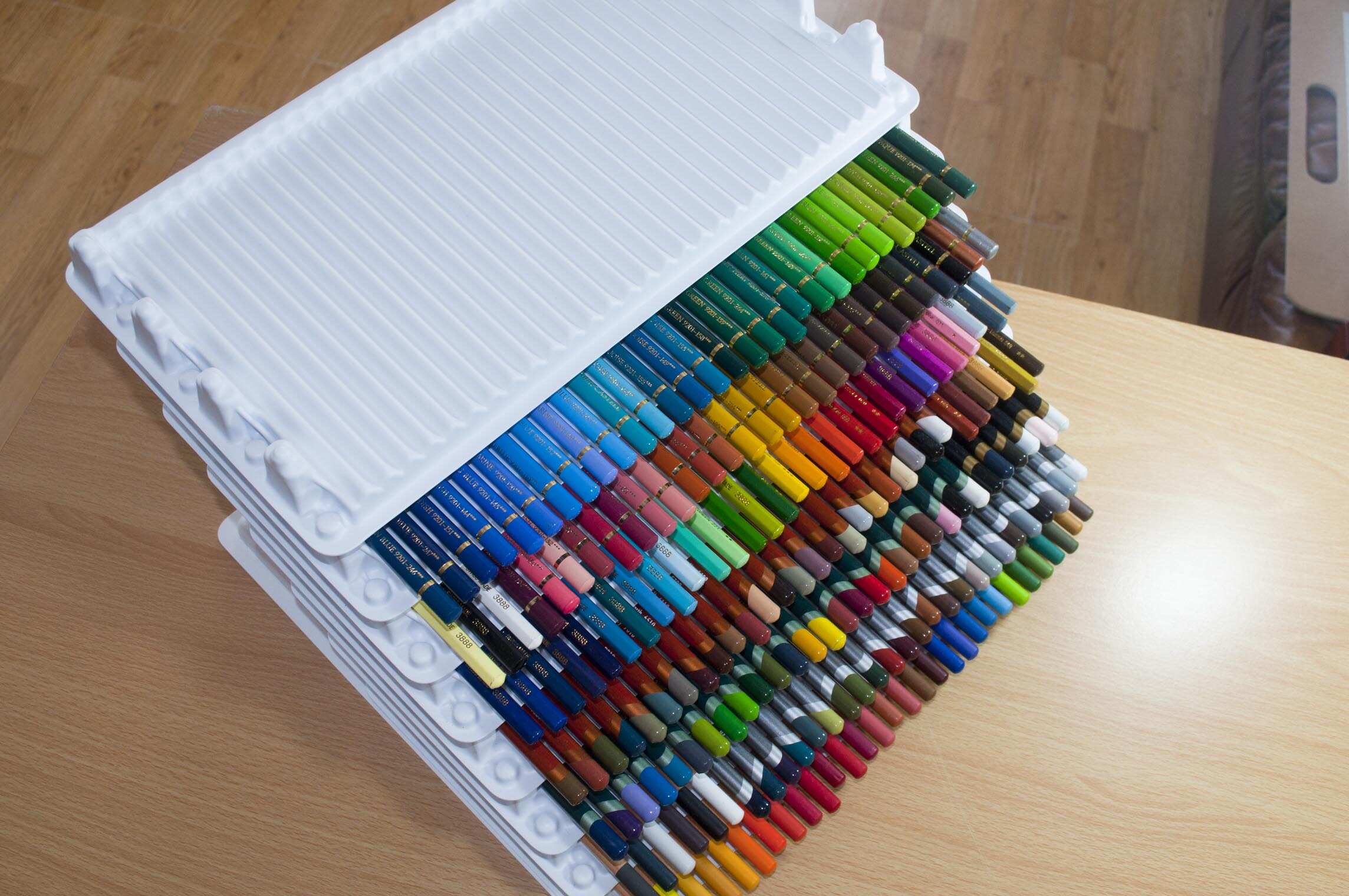
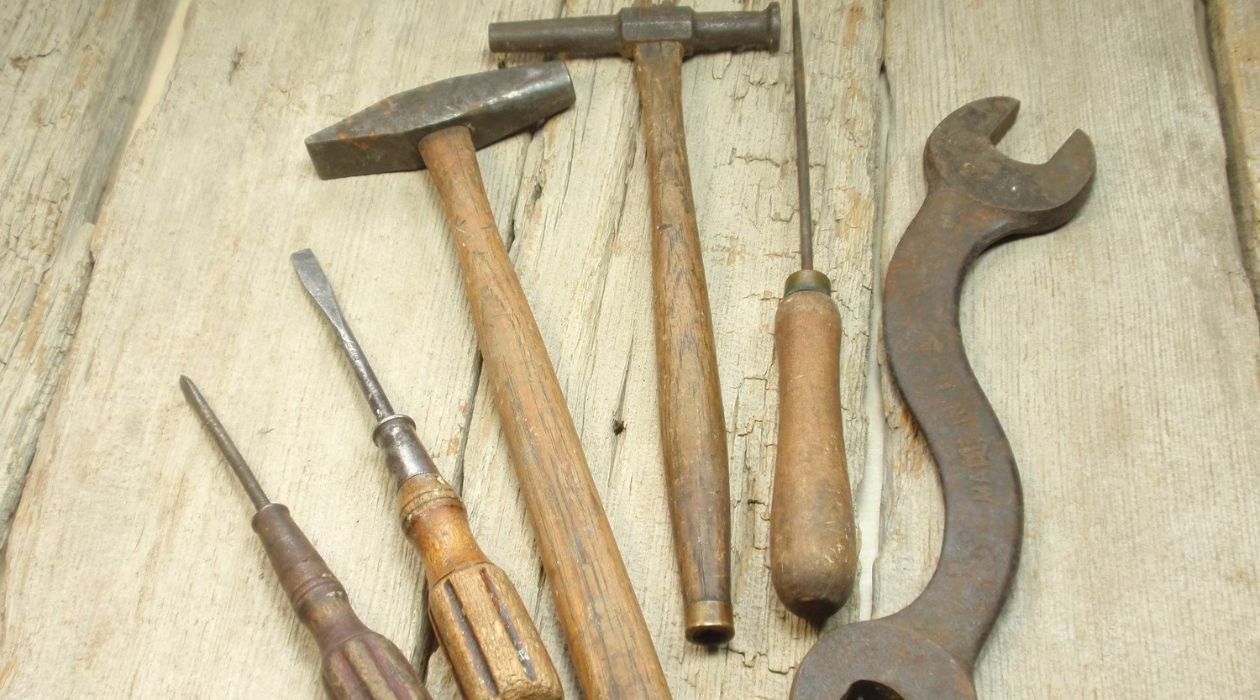
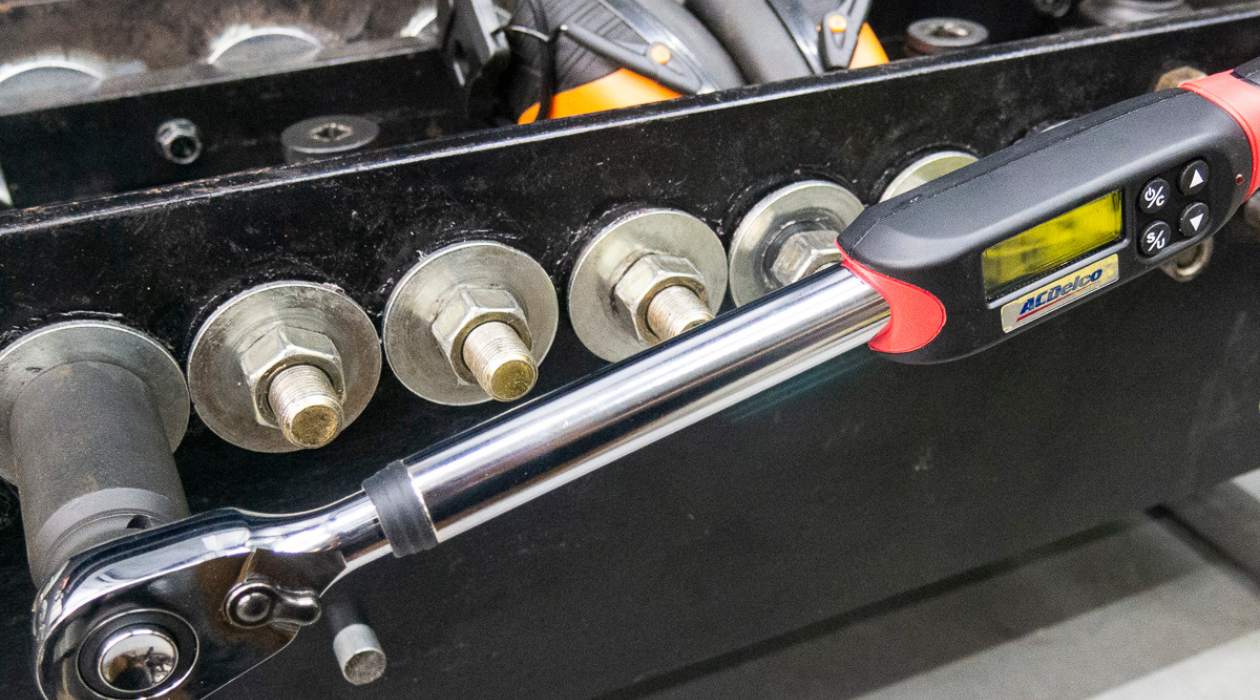
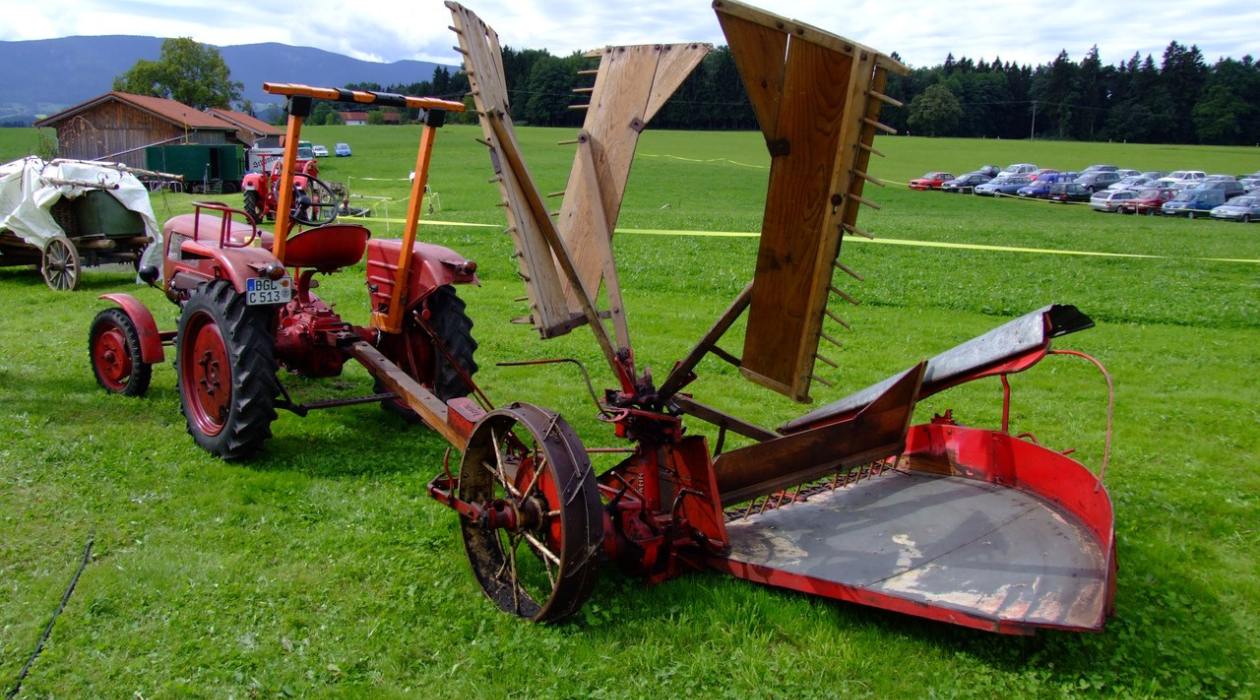
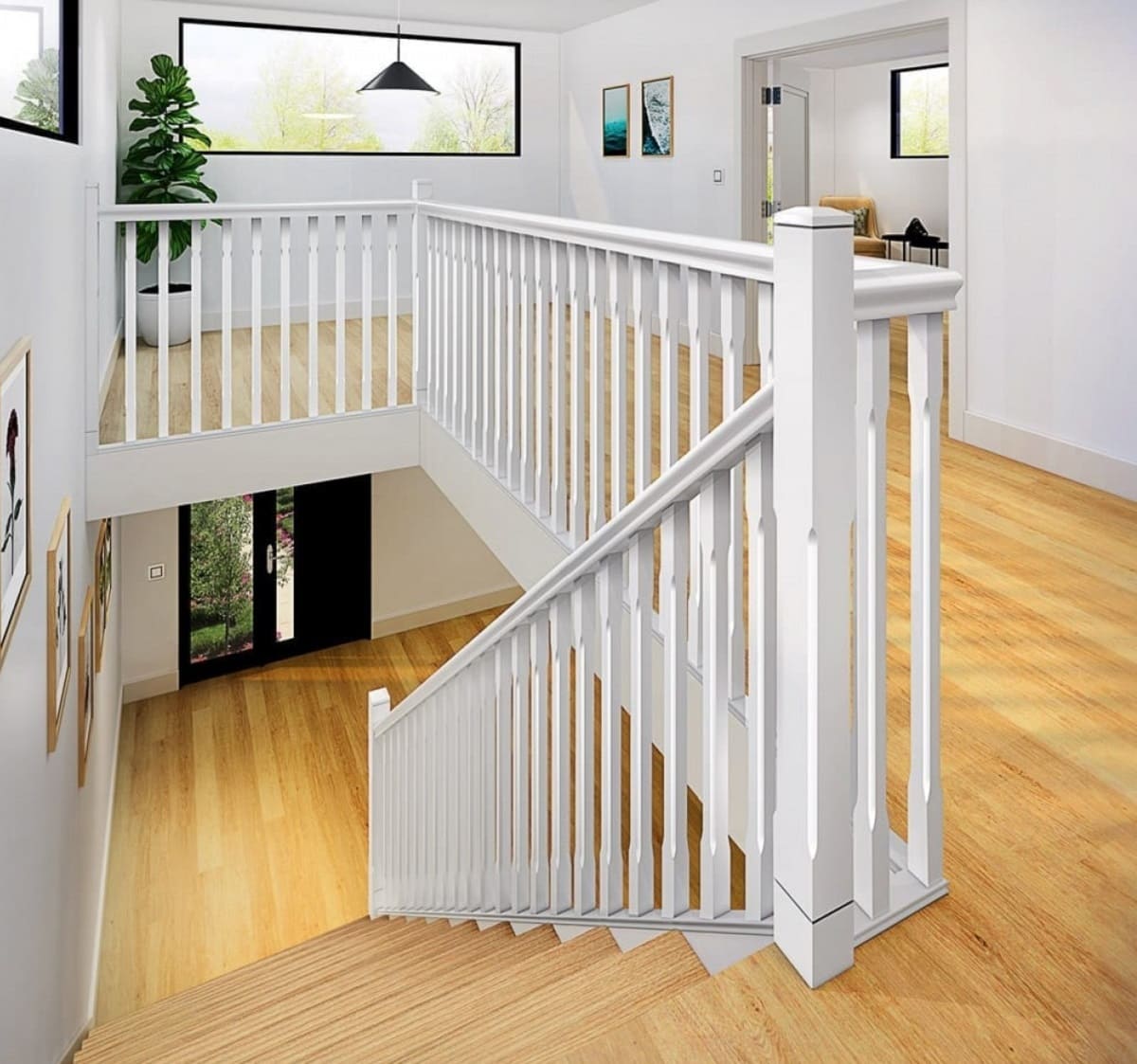

0 thoughts on “Why Are Woodworking Pencils Flat”